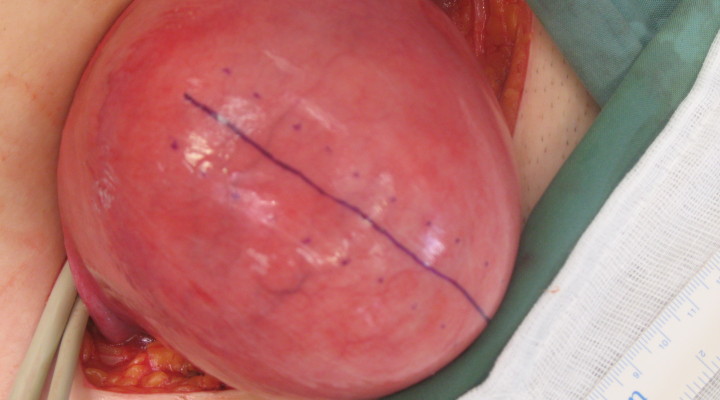- Administer iron and BT as ordered
- Encourage verbalization of feelings
- Monitor inputs and outputs as well as the characteristics of urine
- Monitor active fluid loss from wound drainage, tubes, diarrhea, bleeding and vomiting.
- Monitor temperature
- Encourage patient to drink prescribed fluid amounts
- Monitor serum electrolytes and urine osmolality and report abnormal values.
- Determine the client’s normal voiding pattern and note the variations
- Encourage clients to increase fluid intake
- Check all the urine, note the presence of stones and send output to a laboratory for analysis
- Investigate complaints of a full bladder: suprapubic palpation to distention. Note the decrease in urine output, edema periorbital / dependent
- Observations of changes in mental status, behavior or level of consciousness
- Supervise laboratory tests, samples of electrolytes, BUN creatinine
- Take a urine for culture and sensitivity
- Note the catheter patency was settled (when using catheter)
- Assess nutritional status, including weight, history of weight loss and serum albumin.
- Encourage intake of protein and calorie-rich foods.
- Irrigation with acidic or alkaline solution as indicated
- Offer emotional help
- Help develop effective coping strategies
- Refer for counseling
- Tell patient to report increase in symptoms
- Explain effects of operation
- Encourage regular follow up visits
Sources:
- https://www.slideshare.net/reynel89/myoma-nursing-medical-surgical-managements
- https://nursinginterventions-diagnosis.blogspot.com/2011/09/nursing-interventions-for-uterine.html
- https://www.scribd.com/doc/27323168/Nursing-Care-Plan-Uterine-Myoma







